GENERAL DATA
Plant parts: Resin and fruit
Cultivation mode: Wild collection
In manufacturing: Pharmaceutical, perfumery, cosmetics, aromatherapy, incense, etc.
In food: Sweets and pastries
🌿 Industries That Use Pistacia khinjuk Resin
Resin from Pistacia khinjuk (known as Khinjuk Gum or wild pistachio resin) is a natural exudate tapped from the tree’s bark. This aromatic gum shares similarities with mastic and other Pistacia resins but is chemically and functionally distinct, with applications in traditional medicine, food, cosmetics, and natural products industries—especially across Iran, Afghanistan, and Central Asia.
1. Pharmaceutical & Traditional Medicine Industry
Highly regarded in Persian and Unani medicine for its:
-
Anti-ulcer & gastroprotective effects
-
Antibacterial and antifungal activity (especially oral pathogens)
-
Expectorant & anti-inflammatory properties
-
Tonic for liver and spleen health
✅ Common forms: Chewed raw, powdered for capsules, mixed into herbal pastes or syrups
2. Oral Care & Natural Dentistry Products
Due to its antimicrobial and astringent properties:
-
Used in natural chewing gums for dental health
-
Added to tooth powders and mouthwashes
-
Traditional chewing practice helps reduce plaque and gum inflammation
✅ Traditional Persian use for mouth ulcers and breath freshening
3. Food & Confectionery Industry
Although not as widely commercialized as mastic, it is:
-
Used traditionally as a natural flavoring and stabilizer
-
Sometimes added to regional sweets and pastries
-
Considered a digestive aid after meals
✅ Mildly aromatic, with resinous and nutty notes
4. Cosmetic & Skincare Industry
The resin’s antiseptic and toning properties make it valuable in:
-
Facial masks and cleansers for oily or acne-prone skin
-
Astringent lotions to tighten and purify pores
-
Botanical balms and ointments for eczema or irritation
✅ Resin may be infused into carrier oils or hydrosols
5. Varnish, Incense, and Natural Products Industry
-
Used in natural incense blends and regional ritual uses
-
Can be incorporated into natural varnishes and binding agents
-
Employed in ethnobotanical perfumery and sacred smoke mixtures
✅ Softer and more fragrant than true turpentine gums
6. Export & Specialty Ethnic Markets
Sought after in:
-
Traditional apothecaries
-
Persian herbal shops and diaspora markets
-
Exported from Iran, Afghanistan, and Pakistan in small quantities
✅ Usually sold as raw chunks, tears, or powdered gum
✅ Summary of Key Applications
| Industry | Common Uses |
|---|---|
| Pharmaceutical & Traditional | Anti-ulcer, respiratory support, liver tonic |
| Oral & Dental Products | Chewing gum, mouth freshener, gum health |
| Food & Confectionery | Flavoring in sweets, digestive after meals |
| Cosmetic & Skincare | Acne creams, astringent facial tonics, eczema ointments |
| Natural Products & Incense | Incense blends, natural varnishes, ritual smoke |
| Ethnic & Export Markets | Raw resin for traditional use, herbal shops, export trade |
🌳 Key Features
-
🔬 Contains monoterpenes, triterpenoids, and volatile oils
-
🌍 Native to Iran, Afghanistan, and the Eastern Mediterranean
-
🌿 Related to other Pistacia species (e.g., P. atlantica, P. lentiscus)
-
🧪 Exhibits anti-ulcer, antimicrobial, and anti-inflammatory effects
-
🟠 Typically yellowish or brownish soft resin with a mild, earthy aroma
🌳 Comparison Table: Pistacia Resins
Khinjuk Resin vs Persian Turpentine vs Shirazi Mastic vs Mastic Gum
| Feature | Khinjuk Resin(Pistacia khinjuk) | Persian Turpentine Resin(Pistacia atlantica) | Shirazi Mastic (Wild Mastic)(Pistacia terebinthus) | Mastic Gum (True Mastic)(Pistacia lentiscus) |
|---|---|---|---|---|
| Common Name | Wild Pistachio Resin | Saqez (سَقِز) | Shirazi Saqez / Terebinth Gum | Mastic / Mastaki |
| Geographic Origin | Iran, Afghanistan, Pakistan | Iran (Zagros, Kurdistan), Turkey | Iran (Shiraz region), Turkey, Iraq | Greece (Chios), Turkey, Mediterranean |
| Traditional Use | Anti-ulcer, oral care, skin, digestive | Joint pain, lung tonic, wound healing | Traditional gum, incense, expectorant | Stomach tonic, breath freshener, oral care, skincare |
| Aroma Profile | Mild, nutty, earthy | Strong, balsamic, pine-like | Woody, earthy, slightly bitter | Sweet, pine-like, clean and refreshing |
| Texture | Soft, sticky to semi-hard | Viscous or soft, sometimes crystallized | Hard and brittle | Soft when chewed, brittle when dry |
| Color | Pale yellow to amber-brown | Milky to light yellow or greenish | Yellow-brown to dark brown | Pale yellow to greenish-white |
| Major Active Compounds | Monoterpenes, triterpenoids, essential oils | Alpha-pinene, limonene, resin acids | Pinene, terpenes, bitter principles | Linalool, alpha-pinene, masticonic acid |
| Medicinal Actions | Anti-ulcer, antimicrobial, liver tonic | Anti-inflammatory, expectorant, wound-healing | Antibacterial, expectorant, digestive | Gastroprotective, antimicrobial, oral health |
| Culinary Use | Rare—used in local sweets | Sometimes in traditional sweets and chewing gum | Rarely in food | Used in chewing gum, desserts, liquors, ice creams |
| Cosmetic Use | Skin healing balms, acne products | Poultices, muscle balms | Limited use | Anti-aging, skin toners, oral care products |
| Modern Applications | Niche nutraceuticals, dental health | Herbal salves, natural varnish | Traditional use, incense | Pharmaceuticals, oral hygiene, premium cosmetics |
| Cultural Relevance | Known in local Persian and Afghan markets | Deeply rooted in Iranian folk medicine | Traditional but less commercialized | Famous worldwide, especially in Chios (protected status) |
✅ Summary Notes:
-
Khinjuk Resin is a milder and softer resin, more suited for oral care and digestive blends.
-
Persian Turpentine (Saqez) is more pungent and medicinal, widely used in Iran for respiratory and musculoskeletal conditions.
-
Shirazi Mastic is closely related to Persian traditions but remains underutilized commercially.
-
Mastic Gum (P. lentiscus) is the most internationally famous, highly prized for oral, digestive, and skincare uses.
HARVEST CALENDAR
Feb
Mar
Apr
May
Jun
Jul
Aug
Sep
Oct
Nov
Dec
To order Khinjuk resin, please contact us.
About Pistacia Khinjuk
It is a small tree with a height of 3 to 7 meters, its bark is smooth, its leaves are oddly combed with petioles. Each leaf consists of 1 to 3 ovate leaflets, whose dimensions are 3 to 10 x 1.5 to 7 cm. Its fruit is similar to a pistachio, but round, spherical, slightly compressed and pointed, with a diameter of about 0.5 cm.
This tree is distributed in northern Syria, northern Iraq, Afghanistan to Punjab and Kashmir. In Iran, it grows in different areas in the highlands of Zagros to Baluchistan.
In order to get the gum, collectors wound the trunk of the tree in the hot season and the resin comes out of the crack. This resin, which is condensed and pasty at first, is very similar to Persian Turpentine resin.
In Kurdistan, because the resin which comes out is mixed with soil and dirt and is dirty after collection, it is called “Bitter Turpentine” and it is boiled and purified in water to get ready for the market. From this resin, which is a type of oleoresin, colophony is prepared after extracting the essential oil.
Pistacia Khinjuk Resin Chemical Constituents
The Turpentine obtained from this tree is Oleoresin and has a volatile essential oil and compounds similar to Venice Turpentine. The galls of this tree contain 1.3% essential oil and two crystallized acids. Its essential oil contains α-Pinene, Camphene, DL-Limonene and α-Terpineol, Aromadendrin and Caprylic acid.
Another research report states that D-alpha-pinene is around 94% in the essential oil of the galls of this tree, and in addition, two Triterpene acids, Pistacienonic acid A and Pistacienonic acid B, are found in the gall.
Pistacia Khinjuk Resin Temperament
Fresh Pistacia Khinjuk tree branches and leaves are a little hot and dry, and its dried branches and leaves are very hot and dry.
Pistacia Khinjuk Stems and Leaves Health Benefits
It is enlivening and tonic for the liver, spleen and sexual power. It relieves internal pains and unblocks kidney blockages and removes moisture from the chest and lungs. It crushes the bladder stone and kills stomach worms. It is diuretic and emmenagogue. It warms the kidney and stomach and removes flatulence.
Eating it is useful for paralysis, facial nerve paralysis, cough, palpitation, back pain, and dropsy. If it is eaten with almonds and sugar, it is beneficial to relieve urine intermittency.
If it is cooked inside the bread, eating it can accelerate digestion.
Pistacia Khinjuk Gall Health Benefits
On the leaves of Pistacia Khinjuk and Terebinthus trees, due to the bite of an insect called Pemphigus utricularius, galls appear on the leaves in the shape of small figs. These galls have a large amount of about 40% Tannin in the form of Gallotannin. In terms of its medicinal properties, it is astringent and is useful for relieving stomach pain, relieving cough, and softening the chest and asthma and complications of chest tuberculosis. If its powder is fried with butter and eaten, it is beneficial for dysentery. It is anti-venom of snakes and scorpions.
Pistacia Khinjuk Resin Health Benefits
This gum enemas ear pus. It causes the flesh to grow back in the wounds and is beneficial for lung ulcers, chronic cough, and snake bites.
Eating Khinjuk resin with honey helps to heal internal wounds. Also, eating it with Sandarac gum and half-boiled egg yolk is beneficial for healing cuts in organs and relieving fatigue and pain.
Chewing Khinjuk resin absorbs and enemas phlegm moisture from the brain, enemas the pharynx from slimy mixture, removes excess moisture from the stomach and strengthens the stomach.
If you melt this gum in olive oil, the poultice strengthens the nerves and is useful for swelling and torn muscles.
Pistacia Khinjuk Resin Dose
3.4 g.
Pistacia Khinjuk Resin Side Effects
It is harmful for hot temperaments.
Pistacia Khinjuk Resin Modifiers
For hot temperaments it should be eaten with Rose Water, Rhubarb paste, sour fruit paste and Sekanjebin.


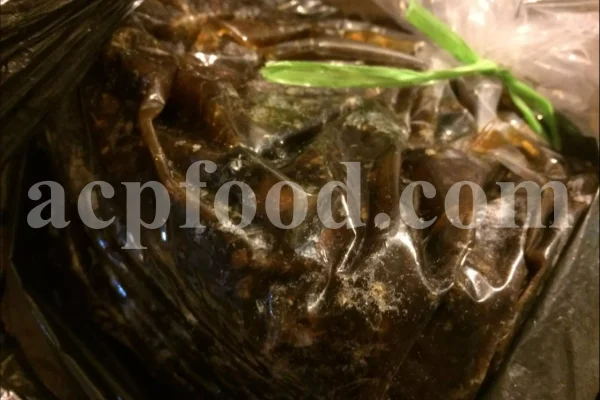


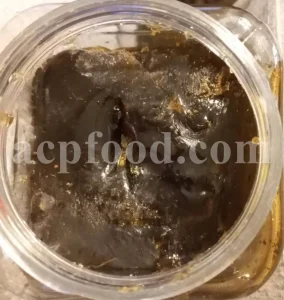
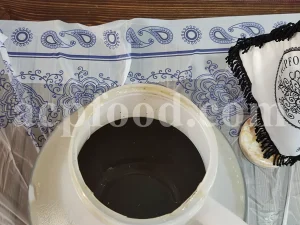


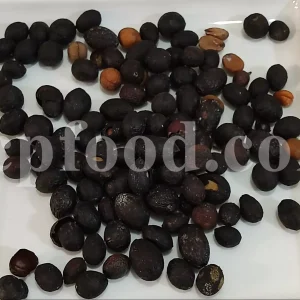
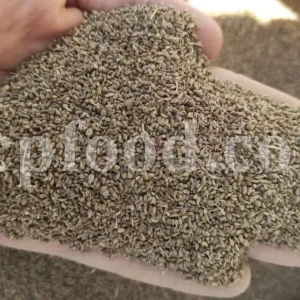
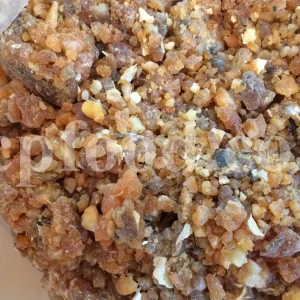
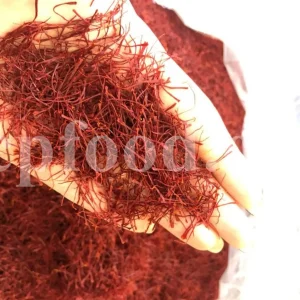
Reviews
There are no reviews yet.